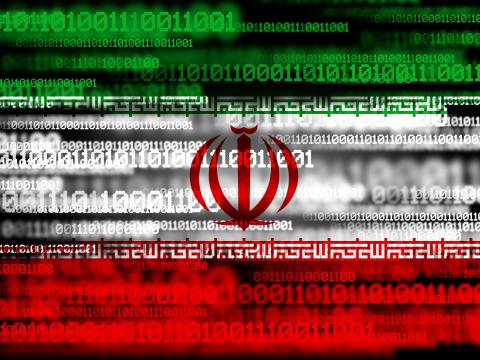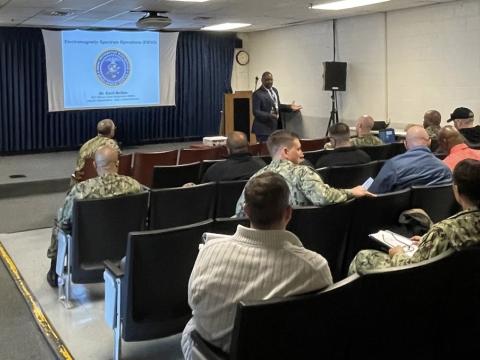Networking Ahead of the Curve
The Free World is seeing as great a revolution in military affairs as has ever been documented. That’s old news. New capabilities are being introduced so quickly that forces are learning how to use and exploit them in the midst of combat. That also is old news.
What is new is that the commercial sector is leading this revolution by pumping new information technologies into the military faster than anyone can plan for them. Individual warfighters and commanders alike are embracing the capabilities that these technologies bring. The largest military in the Free World, that of the United States, is built around the concept of using network-centric operations to prevail against any enemy.
The information technology challenge is to meet the higher expectations of warfighters and commanders. And, in another development that is not new, the more capability that is provided, the more its customers want.
The Defense
To provide vital bandwidth, the agency has established a commercial communications satellite infrastructure through an extensive lease program that provides the overwhelming bulk of the military’s orbital connectivity. Plans for new high-capacity military communications satellites are moving toward fruition, but the reliance on commercial orbiters is likely to continue.
And this space-based communications traffic jam has its counterpart in the terrestrial realm. DISA is working to extend its information technology services far down the tactical chain. Individual warfighters are embracing network centricity enthusiastically as they see its advantages, and they are eager for new capabilities that are on the cusp of deployment.
The problem is that not all capabilities are advancing at the same speed of development. New sensor systems are providing vastly more types of data-based knowledge, and this information must be processed and distributed to the appropriate customers. Data may be increasing exponentially, but the bandwidth needed to move the information is not. New Web 2.0 capabilities are multiplying throughout the public and private sectors, and whatever they lead to undoubtedly will add a new set of requirements for connectivity and security.
So the agency that has increased the services that it can bring to the forces is taxed with even more requests. It must extend the capability-rich network to reach the tactical edge. It must provide greater bandwidth at all levels of operation, not just at echelons above corps. And, it must ensure that proper security accompanies this information flow wherever it goes.
No one can slow the march of new information technologies and capabilities into the military—and no one should. But industry—the wellspring of this innovative era—must work closely with both the customer and the service provider as it designs new systems and capabilities that will be exploited by the military. DISA is striving to keep the network-centric force at the top of the technology curve, but the very dynamism that defines this information age threatens to hamstring that effort.
—The Editor
More information about the Defense




Comments